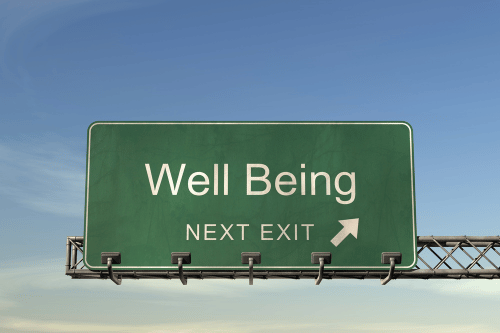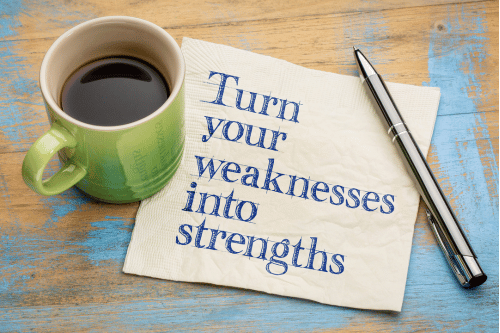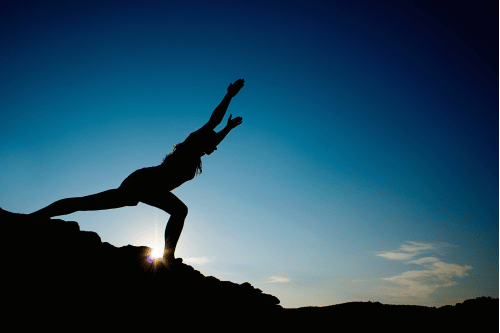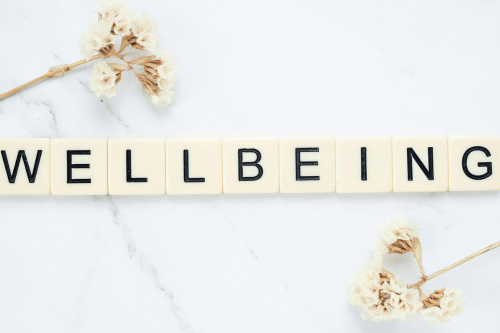

The term wellbriety blends the words “wellness” and “sobriety,” forming a powerful concept rooted in Native American traditions. At its core, wellbriety encourages individuals struggling with substance abuse and mental health issues to embrace healing through cultural values, ceremonies, and spiritual reconnection. The wellbriety movement is more than just abstaining from alcohol or drugs—it’s about restoring balance through holistic practices such as the medicine wheel, meditation, and drum circles, while healing from historical trauma.
Wellbriety was developed in response to the deep emotional and spiritual wounds caused by colonization, prison, loss of language, and generational grief. These wounds contribute to elevated rates of substance abuse and mental health issues within Native American and Alaska Native communities. Traditional treatment methods often fail to address these cultural dimensions. The wellbriety movement provides a recovery model that speaks directly to the unique experiences of Indigenous people.
The medicine wheel guides the spiritual framework of the wellbriety movement, promoting balance between the emotional, physical, mental, and spiritual aspects of life. Each quadrant represents a direction and stage of healing, helping individuals address grief, substance abuse, and mental health through ceremony, self-reflection, and community support. For Native American and Alaska Native clients—many of whom face historical trauma, dual diagnosis, and the lingering effects of prison—the medicine wheel offers a structured yet sacred path toward sobriety. At Sullivan Recovery, our treatment center integrates this symbol into outpatient planning, using it to structure daily schedules, guide meditation, and restore a sense of spiritual security. Combined with traditions like the drum circle and sweat lodge, the medicine wheel becomes a powerful tool in each patient’s recovery journey.
Traditional ceremonies such as the sweat lodge and drum circle are essential to wellbriety. A sweat lodge provides physical and spiritual cleansing through heat and prayer. Drum circles create a safe space for expression, community connection, and emotional release. These ceremonial practices promote a sense of community, spiritual strength, and security—key elements in maintaining sobriety and preventing relapse.

Historical trauma affects generations of Native American families, leading to cycles of addiction, grief, and disconnection from cultural identity. The wellbriety movement directly addresses these issues by reconnecting individuals to their tribal traditions. At our treatment center in Mission Viejo, we recognize how this intergenerational pain can impact recovery and work to restore dignity, strength, and purpose in each patient.
The wellbriety recovery model blends traditional healing with modern treatment strategies. This includes counseling, meditation, group therapy, and spiritual guidance based on Indigenous knowledge systems. Whether a person is struggling with methamphetamine, alcohol, or any other drug, the wellbriety approach creates a culturally aligned program that promotes long-term healing.
Many patients with substance abuse issues also experience co-occurring mental health disorders—commonly referred to as dual diagnosis. The wellbriety approach doesn’t separate these conditions; instead, it treats the whole person using Indigenous medicine, community support, and spiritual connection. This holistic care can support individuals in building lasting sobriety and wellness.
Many Indigenous individuals find themselves in prison due to addiction-related offenses. Incarceration often removes access to culture and spiritual practices. The wellbriety movement works to bring healing into these facilities through wellbriety books, ceremonies, and talking circles. For those reentering society, outpatient services like those at Sullivan Recovery offer continued support to help prevent relapse and promote healing in a safe, structured program.
Community is one of the strongest components of wellbriety. Healing doesn’t happen in isolation—it happens in groups, in circles, and with support. A treatment center must provide a secure environment where individuals feel safe sharing their experiences and receiving guidance. At Sullivan Recovery, our outpatient model fosters this security while giving clients the tools to reengage with their own cultural or spiritual practices.

For Alaska Natives, isolation, historical trauma, and limited access to culturally grounded treatment increase the risk of substance abuse and mental health struggles. In many rural communities, lack of medicine, healthcare infrastructure, and security further complicates access to care. The wellbriety movement has bridged this gap by distributing wellbriety books, organizing mobile drum circles, and offering online programs that reach even the most remote villages. Whether you’re walking through the forest or attending a virtual meditation group, these teachings support healing rooted in community, tradition, and spiritual balance. This adaptable recovery model allows individuals to continue their growth regardless of geography.
The wellbriety movement emphasizes Indigenous knowledge as a guiding force for recovery. Teachings from Sioux leaders and other tribes, often passed through storytelling and oral accounts, play a vital role in restoring cultural identity and emotional balance. These teachings include the use of the medicine wheel, sweat lodge ceremonies, and the power of the drum circle—all of which strengthen spiritual wellness. At our treatment center, we encourage clients to explore these practices as valid and effective forms of medicine. For many Native American clients, this reconnection becomes the foundation for true sobriety, making cultural tradition not just a resource, but a necessity in long-term healing.
Unresolved grief caused by historical trauma, family loss, or systemic violence often fuels substance abuse and the use of methamphetamine, alcohol, and other drugs. Ceremonial practices within the wellbriety path offer safe spaces for release, healing, and reconnection. The sweat lodge and drum circle are sacred tools that allow emotional cleansing and spiritual grounding, while meditation helps calm the mind and reduce relapse risk. At Sullivan Recovery, we integrate ceremonial concepts into our care, especially for clients with dual diagnosis, honoring their emotional pain with structured rituals that support healing. These approaches transform loss into strength and allow every patient to reclaim purpose through culturally rooted recovery.
Teachings from Sioux elders, and other Indigenous groups, are woven into many wellbriety programs. They teach that healing is not linear—it moves in cycles, like the medicine wheel. At Sullivan Recovery, we incorporate these teachings to support long-term sobriety in a way that respects Indigenous spirituality and life rhythms.

Nature plays a key role in wellbriety. The forest is seen as a sacred space where healing can begin. Time spent outdoors—walking, praying, or simply sitting in silence—can aid in meditation, stress reduction, and spiritual renewal. Our outpatient clients are encouraged to use nature as a calming and grounding part of their recovery schedule.
The wellbriety book series provides education, inspiration, and structure for those on the path to healing. These texts serve as guides for individuals, families, and treatment centers looking to incorporate Indigenous wisdom into their recovery efforts. At Sullivan Recovery, we use resources like these to support client education and long-term planning.
A structured schedule rooted in wellbriety provides more than time management—it creates stability essential for healing substance abuse and mental health conditions. Mornings may begin with meditation, followed by drum circles, spiritual teachings based on the medicine wheel, and small group sessions focused on grief, relapse prevention, and dual diagnosis support. These practices promote a strong sense of community and security, giving each patient space to reflect, share, and grow. Our outpatient treatment center in Mission Viejo helps clients apply these traditional rhythms into their modern routines, whether they are navigating life after prison, returning to work, or raising a family.

The recovery model of wellbriety stresses that sobriety is an ongoing commitment that extends well beyond formal treatment. Continued participation in sweat lodge ceremonies, drum circles, and tribal gatherings helps patients remain grounded in cultural identity and spiritual resilience. Reading wellbriety books and listening to elder accounts reinforces Indigenous knowledge, especially for Native American, Sioux, and Alaska Native individuals who seek lasting healing. At Sullivan Recovery, our aftercare program supports clients in maintaining their path by connecting them with local Indigenous networks and providing tools to continue their healing with dignity, balance, and purpose.
Wellbriety is not a short-term fix—it is a lifelong commitment to healing, balance, and spiritual reconnection. It empowers those struggling with substance abuse, mental health challenges, or dual diagnosis to move forward with dignity and purpose. At Sullivan Recovery, we stand with the Native American and Alaska Native communities in supporting this powerful path to freedom. Through a respectful and culturally aware approach, we help each patient build a secure, spiritual, and sober future.
If you or someone you love is seeking a culturally sensitive approach to addiction recovery, contact Sullivan Recovery in Mission Viejo today. Our outpatient services honor tradition, offer structure, and help you reconnect with what matters most. Healing starts here—with wellbriety.
At Sullivan Recovery, as an in-network provider we work with most insurance plans, such as:
And More
If you or a loved one are struggling with mental health challenges or substance abuse, reach out to Sullivan Recovery today. Our team of compassionate professionals is here to support your journey towards lasting well-being. Give us a call at 949-836-7180.
Wellbriety incorporates many of the same principles as 12-step recovery, such as accountability and spiritual growth. However, it centers Indigenous values, ceremonies, and teachings like the medicine wheel, sweat lodge, and drum circle. This makes wellbriety a culturally specific path that addresses historical trauma and spiritual disconnection in Native American and Alaska Native communities.
While wellbriety was created for Indigenous peoples, its teachings are open to anyone seeking healing through cultural and spiritual recovery methods. Many treatment centers and communities welcome non-Indigenous participants, especially those respectful of the traditions and committed to sobriety. However, the core values are rooted in indigenous knowledge, which participants are encouraged to honor and learn from.
Yes. Organizations like White Bison offer training and certification for individuals who want to lead wellbriety groups or integrate the recovery model into their treatment work. Certified facilitators are trained in cultural practices, trauma healing, and program delivery. This ensures consistent, respectful application of teachings in both community and clinical settings.
Absolutely. Wellbriety has been successfully implemented in prison systems and court-mandated treatment programs across the U.S. It provides a culturally resonant alternative that supports spiritual healing, personal accountability, and reduced relapse risk. Many correctional facilities now offer wellbriety books, talking circles, and group sessions as part of inmate rehabilitation and reentry support.